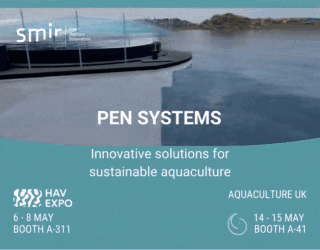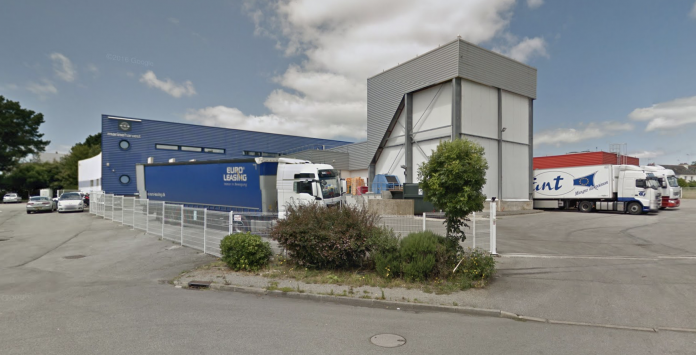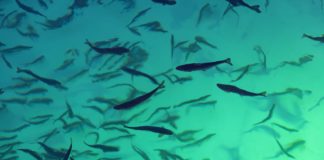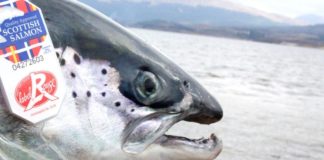It’s official. The Brittany-based fresh food distributor Le Saint (France) have signed the deeds and are now moving into Marine Harvest Lorient (Mowi).
Last month, the sale was formalised in the National Assembly, in the presence of high ranking French politicians, co-director (and founder) of Le Saint Denis Le Saint and Mowi Chairman Ole-Eirik Lerøy. SalmonBusiness spoke with the Le-Saint’s General Manager Yann Kerdraon about what comes next.

Distributor
Le Saint is a big distributor of fresh fruits and vegetables and seafood which provides produce to all over West France. The group employs 2,000 people and invests in seafood products through its subsidiary Top Atlantique. In 2018, turnover was EUR 550 million.
Kerdraon said they contacted Marine Harvest in 2018 to express their interest in the acquisition of the 2,000 m² Lorient site, where 51 people are employed. So where did the idea to buy the site start?
“A little random, actually,” said Kerdraon. “Eight months ago, we had employed the former director of Lorient Marine Harvest and he told me that our company had something in common with Mowi – which was complimentary but different.”
Kerdaron explained that the team were looking at ways that they could expand and the Mowi site fitted the bill. He said he wanted to look further into what his colleague said, which made economic sense. Le Saint’s subsidiary, Top Atlantique was already a sub-vendor of Mowi salmon and now they could capitalise on their own network to provide Western France with more of France’s fav fish. They also had their own expertise in whitefish, which Mowi were interested in.

We approached them
“Marine Harvest wanted to close its operations in Lorient, so we approached them to buy it. They said no at first. But over time, they understood and warmed to the idea: over the months, we met their representatives three and four times and we began to really progress,” he said. “Why not, they finally said – let’s do it.”
The transaction is actually more than that. The Saint and Mowi want to share their expertise. Le Saint wants access to Mowi’s salmon and the Norwegian company gets an established network covering all of Western France – as well as opportunities offered by white fish. Mowi also will also remain the salmon site’s provider.
“We have always wanted to have a relationship with the largest salmon production company in the world,” said Kerdraon. “But it worked because our company needs more space and capacity to grow. ”
Le Saint wants to maintain production volume, which amounted to 2,300 tons of finished products in 2018. With the keys, Kerdraon announced that he intends to expand the site by an additional 2,000 m2 by the end of 2020.
Salmon
Salmon is the most popular fish dish in the fish-loving nation. Despite a lot of competition from Poland with cheaper options available, the French still buy Norwegian. 43 per-cent of the country consumed Nordic produce in 2017.

“That’s quality,” said Kerdraon. “The French look for quality before price. They also have a vested interest in the environment. It’s a major factor – especially in Brittany where we are big consumers of fish. More and more, consumers are demand quality, traceability and freshness. They also like traceability,” he said. “Today, demand is high, but French consumers go even further: they want to know where their food comes from.”
Fires
And what about the recent fires in the French salmon factories. In July last year, Brittany-based Marine Harvest Kritsen was destroyed in a blaze. More recently, Delpierre’s sushi factory in Boulogne-sur-Mer on the north coast of France went up in flames. “Many are wondering if they will shut down or stay open,” he added.
But still, Le Saint sees an opportunity in former Marine Harvest site which is perhaps down to his own extensive experience in the area. “When I started here in 1992, there were just 30 workers here, now we are more than 2000,” he said. “We’ve grown but we haven’t forgotten our roots.”









